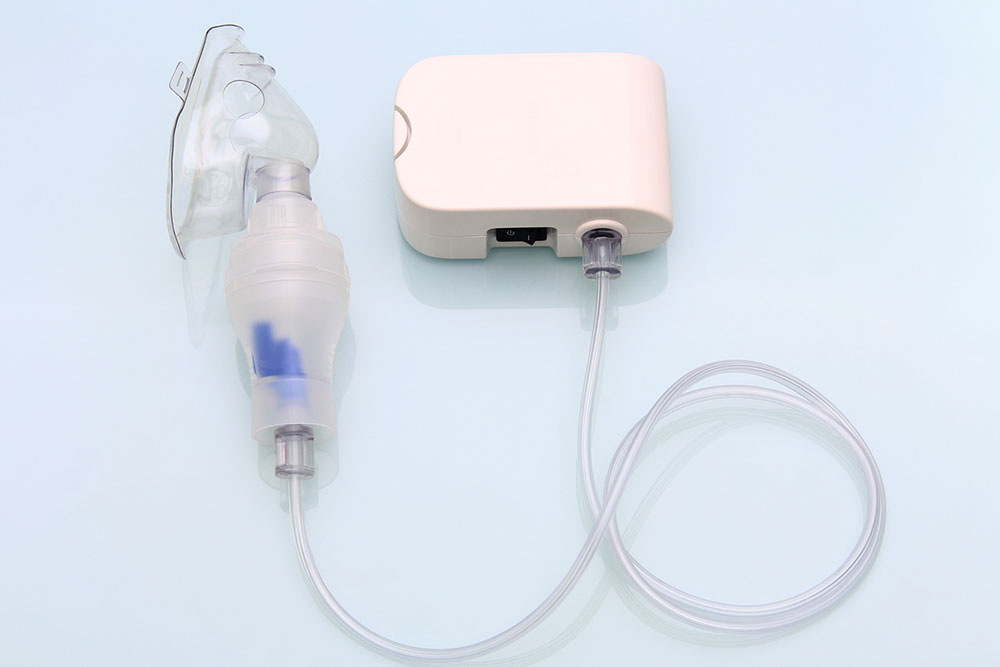8 factors to consider before buying oxygen concentrators

Oxygen concentrators are healthcare devices that assist those with respiratory insufficiency (hypoxemia). They are designed to concentrate oxygen in the air by removing nitrogen, helping those who require oxygen therapy to improve and stabilize blood oxygen saturation levels. While these devices are designed to help maintain oxygen levels, not all models work in the same way. So, it is important to consider all options and assess specific needs to choose the right device.
Oxygen concentration
While oxygen is compressed and filtered in the concentrator, the amount then delivered contains a specific percentage of pure oxygen. This value is known as the oxygen concentration. Before buying the device, one must check if the oxygen flow rate is about 2 L/min. This rate is usually sufficient for home oxygen concentrators. Some may require a higher flow rate, in which case they can choose devices with up to 10 L/min.
Noise levels
An oxygen concentrator generally produces some noise, which can be bothersome for many. So, when looking for a device, choose a model with noise levels between 31 dB and 60 dB. This range is equivalent to the sound of a quiet conversation or a voice in a calm environment. Additionally, some manufacturers offer models with quieter operation.
Portability
Having a portable oxygen concentrator can be beneficial for those who travel extensively. When choosing one, it’s important to take into account its size and weight. Some units are heavier and larger, offering higher flow rates. Those who do not require high oxygen flow rates must look for options between 5 and 10 pounds that come with lower flow rates. These lighter units are easy to carry and use on the move.
FAA (Federal Aviation Administration) approval
In addition to the portability of an oxygen concentrator, one should also look for an FAA-approved device. The certification makes the device one of the safest and most reliable options, even allowing one to carry the portable device on an airplane if required.
Essential features
Each oxygen concentrator has a standard set of features, but some models include supplemental features or accessories that enhance the user experience. These features may include carrying containers for portability, easy-to-replace filter systems for maintenance, flow-locking settings for controlled oxygen delivery, and various accessories for improved functionality. Since the feature set will differ from one product to another, one must review all available options before choosing a device.
Spare parts
The assistive device operates with the help of mechanical parts that require regular maintenance. One may need to repair or replace parts that malfunction or become damaged. So, while buying, one must ensure that the spare parts are available for at least one year, especially in case of power failures. Other essential spare parts to have on hand include the intake and internal filters.
Power supply
A non-portable oxygen concentrator is connected to an electrical network for continuous use. This type of device generally has low energy requirements. Other models operate on battery power, but these would require frequent recharging or battery replacements.
Alarm system
Before buying an oxygen concentrator, one must check if it has standard features like an alarm system. This function is crucial as it is activated when there is low oxygen concentration, no flow, high or low pressure, power supply failure, high temperature, or low battery. Additionally, one must be vigilant of devices with prolonged warm-up periods and auto-shutoff functions.

